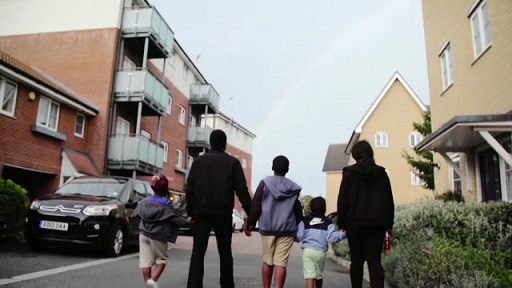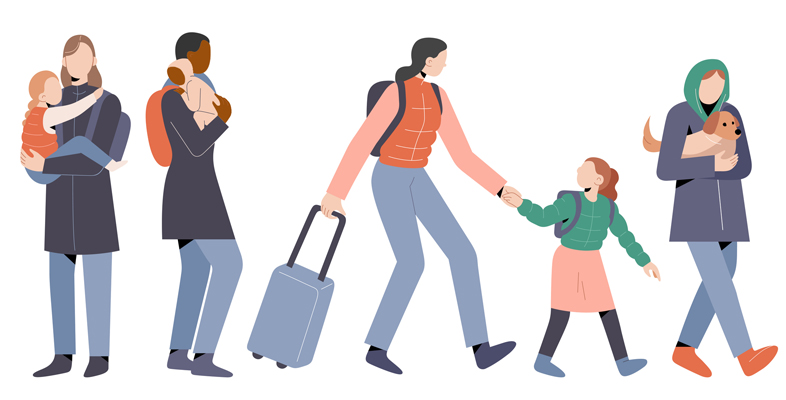4.2 The people behind the statistics
In this section you will look at the people behind the labels and statistics and then hear about the work of the Scottish Refugee Council.
Activity 2 The people behind the statistics
Watch the video ‘We slept on the buses: Britain’s homeless children’ (The Guardian, 2017) and think about how it makes you feel. Make notes in the box below.

Transcript: Video 1 ‘We slept on the buses: Britain’s homeless children’
Discussion
This can feel like an upsetting and uncertain area to practice within. Sometimes, as the video shows, it is often difficult for people with insecure immigration status to meet the most basic of their needs, such as shelter, food and clothing. You will hear from practitioners as you progress through this course that being able to help people, acting with humanity and compassion, and being aware of the avenues that might be open to help people with NRPF – and where the law might make a real difference to someone’s life – can be rewarding. Supervision and a network of support is also important for practitioners, in order to be able to maintain compassion and resilience in the face of often difficult situations and upsetting stories (Guhan and Liebling-Kalifani, 2011).
